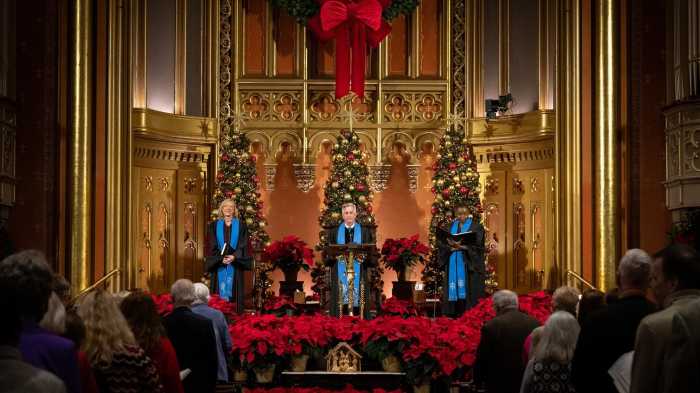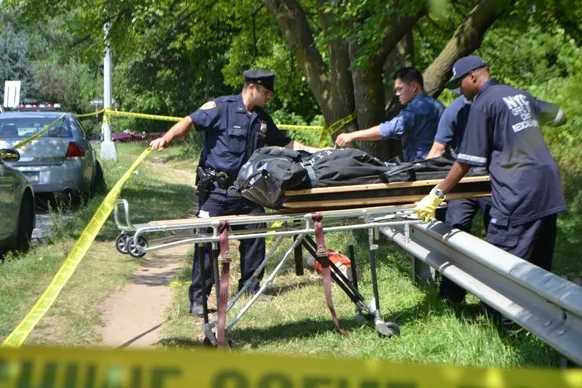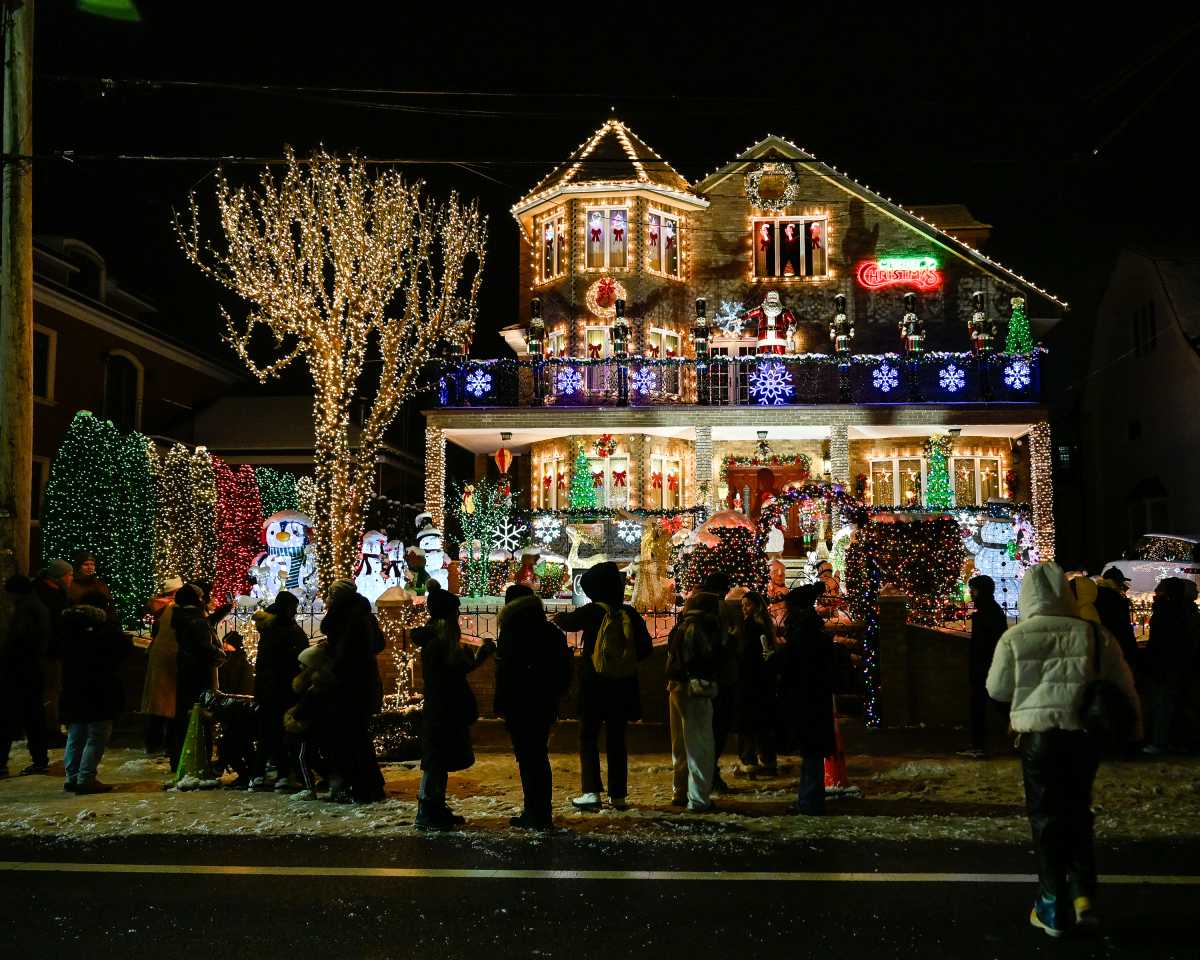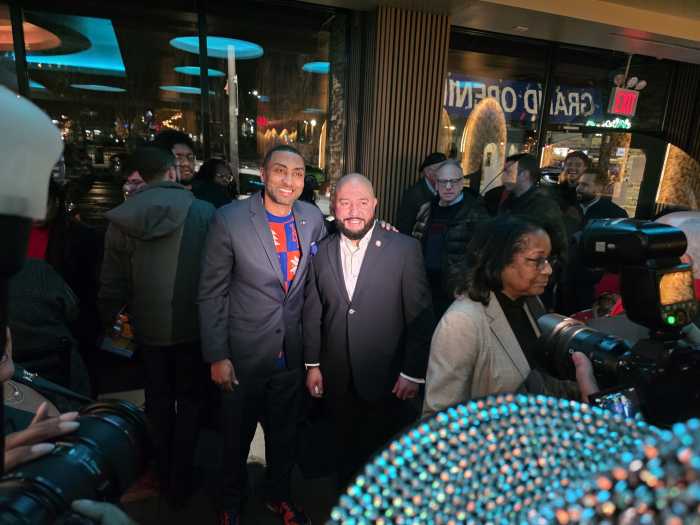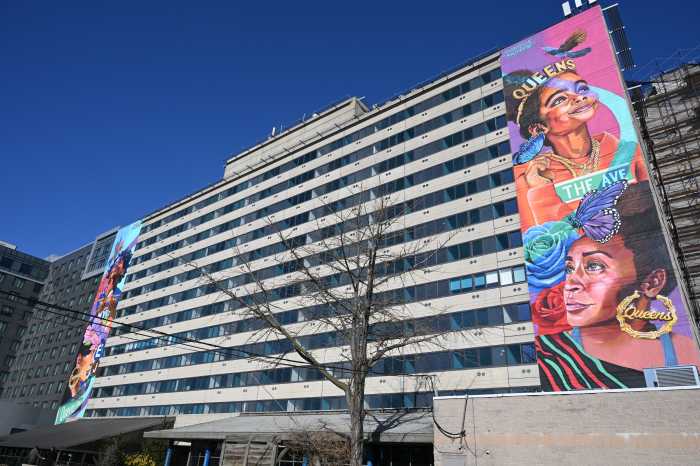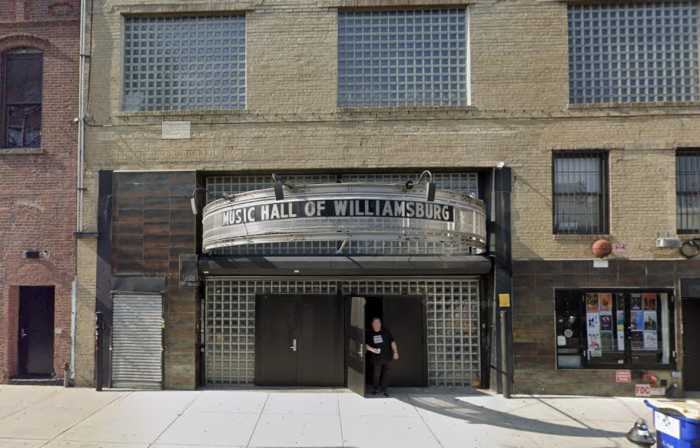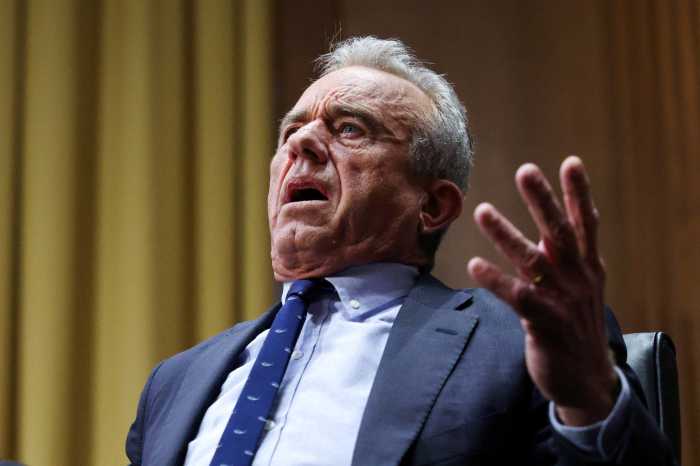The same day that the MTA won a temporary restraining order preventing the federal government from withholding funds for New York’s transit systems during its crusade to end congestion pricing, a new report was released giving a mostly positive review of the toll program.
Public Advocate Jumaane Williams released the report on May 27 while federal and state officials presented their cases on congestion pricing and transportation funding in a Lower Manhattan federal court.
The 40-page report shows more successes than failures achieved throughout the program’s first four months. It launched on Jan. 5, charging drivers a base toll of $9 to enter Manhattan south of 61st Street, known as the congestion relief zone (CRZ).
The review, which mainly compiles data from the MTA, news articles, transportation analytics, and city agencies, shows that daily traffic has decreased by an average of 7.5 to 16%, with weekday average trips on bridges and tunnels showing a 10 to 30% reduction in traveling time.

Data in the report shows there has been a 10% decrease in traffic into the CRZ compared to last year, when congestion pricing was not in use — just 1% shy of the MTA’s previously estimated 11% reduction.
With significantly decreased traffic, according to the report, Williams said he is “standing against any efforts” from the feds to undo progress made since the tolls were launched.
“Donald Trump doesn’t decide what’s best for our city’s streets,” he said. “His efforts to reverse the progress we’ve made in implementing congestion pricing amount to blackmailing our city, undermining the public transit system that New Yorkers rely on.”

To underscore his own points, Williams embarked on a five-borough public transportation tour on Tuesday, speaking to New Yorkers about their transit needs.
“The early data is clear that congestion pricing is reducing travel times and traffic,” he said. “I’ve always said that adjustments can and should be considered as implementation continues, and I hope to work with city and state leaders to monitor and improve congestion pricing as it moves forward – and it will move forward, no matter what Donald Trump says.”
amNewYork contacted the USDOT for comment on this story but did not receive a response.
Car crashes are down
The report also shows a dramatic drop in motor-vehicle collisions within the CRZ. There was a nearly 13% decrease in vehicular crashes below 60th Street when comparing data from 2024 and 2025 during the period between Jan. 5 and May 5.
Although the report points to a shift in public opinion supporting congestion pricing, many New Yorkers still oppose the tolls.
Michael Ferrari, a Manhattan commuter, said he does not support congestion pricing, adding that “the public can not be forced” to use public transportation.
“The subway system has too many chronic criminal offenders in the system,” Ferrari said. The NYPD has reported consistent decreases in transit crime in recent months.
Dawn Borst of Staten Island said she sees congestion pricing as a benefit for herself, but is concerned about others being charged to get to work.
“As a person who goes to the city every once in a while and of means, it’s good for me, but I disagree with it on behalf of every person that is affected when trying to get to work,” she said. “I don’t think it is fair or affordable. It negatively affects way more people than it does positively.”
However, Susan Pane of the Upper West Side said she has noticed the buses and emergency vehicles moving more easily since congestion pricing was launched.
“Most importantly, rescue vehicles like EMTs and fire engines are no longer stuck in gridlock trying to reach those desperately in need,” she said. “The small inconvenience of leaving your car in New Jersey because you don’t want to pay the fee may actually be saving someone’s life or property. Our country has turned into me, me, me, and it’s really sad.”
Meanwhile, Public Advocate Williams applauded Tuesday’s ruling against the federal government.
“Today’s ruling will temporarily protect against Donald Trump blackmailing passengers in New York City’s trains, buses, ferries, and bike lanes,” he said. “Hopefully, the federal government will use this opportunity to see the successes of congestion pricing so far, as our report illustrates, and hear the voices of the New Yorkers they claim to stand for.”















